Bankruptcy judge orders McQuillen Place sold to First Security Bank
By Bob Steenson, bsteenson@charlescitypress.com
A U.S. bankruptcy court judge ruled Thursday that the assets of McQuillen Place Co. — essentially the unfinished building on Charles City’s Main Street and everything inside it — can be sold to First Security Bank & Trust for $1.1 million.
The bank’s president and CEO has said that First Security plans to find a developer that it can sell the combination residential and commercial property to, so it can be completed and rented out.
The bankruptcy trustee, attorney Chuck Smith of Cedar Falls, said he was pleased that the judge approved his proposal.
“I’m hopeful that the end result is going to be that the development will go forward and that Charles City will get a nice improvement to its downtown,” Smith told the Press Thursday after the ruling was filed.
Thad Collins, chief judge of the U.S. Bankruptcy Court for the Northern District of Iowa, filed his order Thursday afternoon after an hour-long telephone conference hearing was held Wednesday morning to hear arguments for and against a motion by the bankruptcy trustee to allow the sale.
Included in the hearing were Smith; attorneys representing the bank, the Iowa Economic Development Authority and equity security holder Cornice & Rose; as well as attorney Charles Thomson of Charles City, who is the majority equity security holder and the original primary developer of the McQuillen Place project.
During the hearing, Thomson charged that the trustee and the bank “cooked up” their deal by changing the rules after an already flawed bidding process had taken place.
He said decisions on the bids were now being carried out “at breakneck speed” when financial and real estate markets are reeling under the impact of the COVID-19 pandemic, and he questioned why the request for proposals on the sale of the property had not been advertised beyond being sent to a limited group of developers.
But Collins in his ruling said it appeared the bank had submitted “the highest and best offer,” the sales agreement “was negotiated, proposed and entered into by the (trustee) and the purchaser without collusion, in good faith,” and the bank “has proceeded in good faith in all respects in connection with this proceeding.”
Nothing can happen officially regarding a sale for at least two weeks, because the ruling includes part of the bankruptcy code which calls for a 14-day stay (delay) in executing the decision.
The bank’s proposal is to pay $1.1 million for the assets of McQuillen Place Co. LLC.
That includes $925,000 for the building and land, $25,000 for the contents of the building and $150,000 in a “carve-out” that goes to the trustee to be used for paying claims of the unsecured creditors in the Chapter 7 bankruptcy.
Trustee Smith told the judge during the Wednesday morning hearing that the carve-out was a key part of the deal.
“First Security Bank has a $4 million mortgage against the property, which is far in excess of the value of the property,” Smith said. “I have been able to negotiate a carve-out with the bank so as to be able to make a meaningful distribution to unsecured creditors.”
Without the carve-out, all the proceeds of the sale would likely go back to the bank, since it is owed more than the sale price.
The McQuillen Place project, which was started in 2014 but stalled several years ago, originally received almost $3 million in funding from the Iowa Economic Development Authority (IEDA), in federal block grant funds made available for new housing after the floods of 2008.
Smith said after he was appointed trustee he contacted the IEDA to see if additional funding might be available to help a developer complete the project.
“The state did assure me that they could obtain an additional up to $1 million,” Smith said.
A meeting of the creditors — the people claiming to be owed money by the McQuillen Place Co. — along with Thomson and others was held in Mason City on Jan. 27, and when it was over, Smith said, he told everyone that he was going to contact those people who had expressed an interest in the project, and they should send their proposals through the IEDA, which would provide additional requirements to tap into the potential million dollars.
“At that time I encouraged Mr. Thomson to participate in the bidding process,” Smith said.
Two proposals were received, and the IEDA said neither one provided the information needed to apply for the state funding, but that could be applied for later by whoever got the property.
The bids were from the bank and from Binstock Development LLC of Columbus, Minnesota, owned by Steve Binstock.
Binstock’s bid was for $470,000 for the building and items located within the building, and he proposed spending almost $597,000 to complete construction of the residential units in the building, and more than $858,000 to complete the ground floor commercial construction, depending on what financial incentives were available from the state and from the city of Charles City.
Although the Binstock proposal contained much of the financial information requested, the IEDA said it did not contain everything needed to apply for the block grant funds
Smith said at the hearing, “I concluded that of these two bids, the one that was the best was the bank’s because it provided a total of $1.1 million in new money, whereas the Binstock one provided $470,000. So I started negotiations with the bank in regards to completing a purchase on the property, and then negotiated the $150,000 carve-out.
“I think that the carve-out that’s available today under this purchase agreement is an opportunity for the estate, and I don’t want to see the bankruptcy estate lose that opportunity, otherwise it’s confronted with it simply being a no-assets case. That would be no funds available for payment to any unsecured creditors,” Smith said.
But Thomson charged that what happened was essentially a “bait-and-switch,” because bidders were asked for proposals based on the IEDA requirements, but then the proposal was made to sell to the bank, which had not provided any of the information the state requested.
Thomson said other developers would likely have been interested in submitting a proposal if they knew they could buy the property “free and clear” as the bank was going to do, and if the sale had been advertised.
“There are a lot of problems with this proposal and we urge that it be rejected, and that the whole thing needs to start over again,” Thomson said, “There are big due process problems here.”
Another issue that was raised was the copyright rights of Cornice & Rose, which is owned by James Gray, who owns 40% of the equity security in McQuillen Place Co.
Cornice & Rose provided the architectural designs and plans for the project, and was in charge of much of the construction that took place.
Bradley Kruse, a Des Moines attorney representing Cornice & Rose, said the copyright extends to much more than just the architectural plans and drawings, but also includes “any physical structure embodied in their copyrighted work” including electrical, plumbing, heating and cooling, the use of structural elements, custom configuration of apartments and more.
“It’s a much broader copyright than simply the plans and drawings,” Kruse argued at the hearing and in an objection filed with the bankruptcy court.
Thomson had filed an objection to the sale proposal that made six distinct points, including the bidding process, the lack of advertising for bidders on the sale proposal, hurrying the process in the middle of a national emergency, and what he called the closeness between the trustee and the bank in working out the deal.
Kruse also filed a list of objections, including one filed Thursday afternoon that laid out his copyright concerns.
In the end, Judge Collins dismissed them all, writing that any objections to the order or to the sale “hereby are denied and overruled on the merits with prejudice.”
Collins also addressed the copyright issue in his order, ordering that the bank “may not use the C&R intellectual property without first making arrangements satisfactory to C&R.”
“Nothing contained herein shall preclude future claims of copyright infringement resulting from the improper or unauthorized use of the C&R intellectual property,” Collins wrote.
Smith, the trustee, told the Press Thursday that assuming there’s no appeal, soon after the end of the 14-day stay period the bank would be buying the property.
The $150,000 carve-out “would go to me that would be administered as part of the bankruptcy estate. The remaining $950,000 would be placed into a fund where it would be subject to the claims of various lien-holders, then those lien-holders would either agree as to the priority of liens or have it resolved by the court.”
Smith said he had not yet completed his claims analysis and didn’t know if the $150,000 would be enough to satisfy the claims of the unsecured creditors.
“Oftentimes there are claims that need to be investigated further or in some cases objected to,” he said.
If an appeal to Collins’ order is filed it would likely go to the Bankruptcy Appellate Panel for the 8th Circuit Court of Appeals, referred to as the BAP.
“The majority of the cases go that route,” Smith said. “Another route that an appellant could take would be to appeal to the U.S. District Court, but most people end up appealing to the Bankruptcy Appellate Panel, which is comprised of bankruptcy judges.
“And then the next step from there would be to the full 8th Circuit Court of Appeals.”

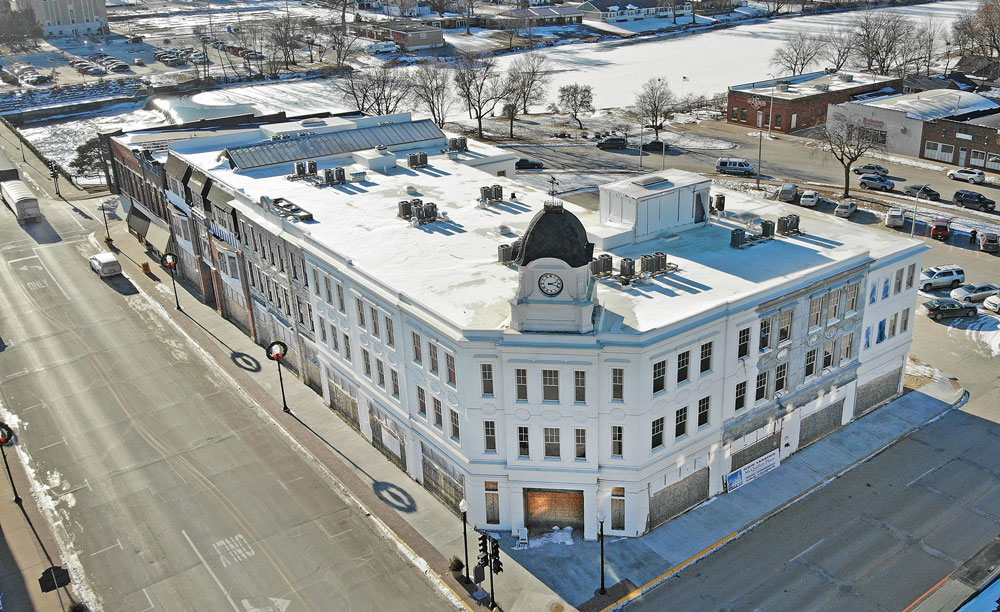
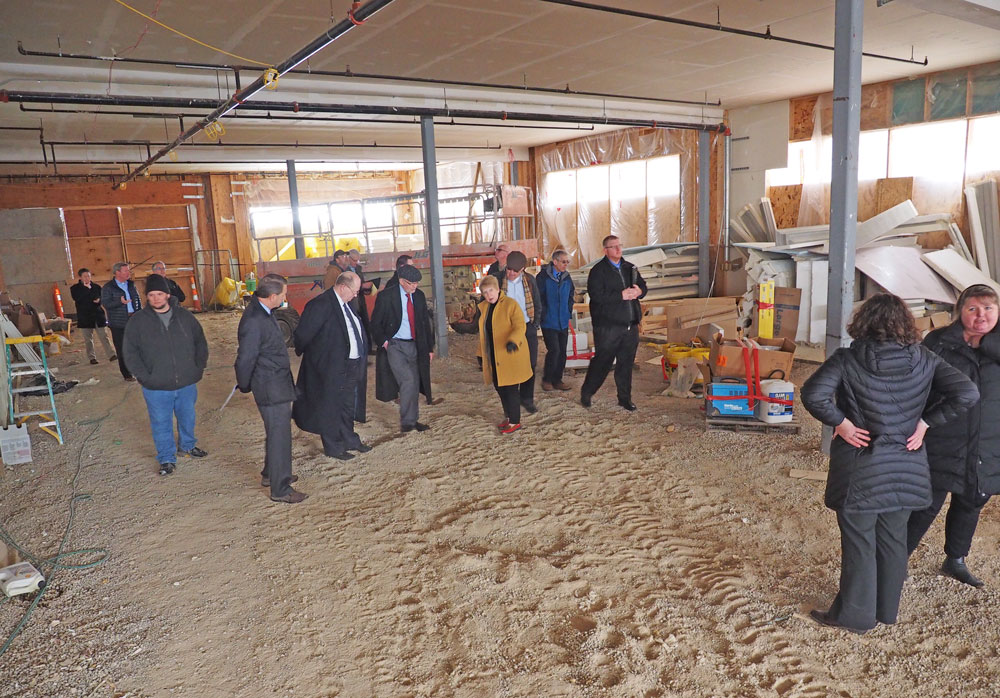
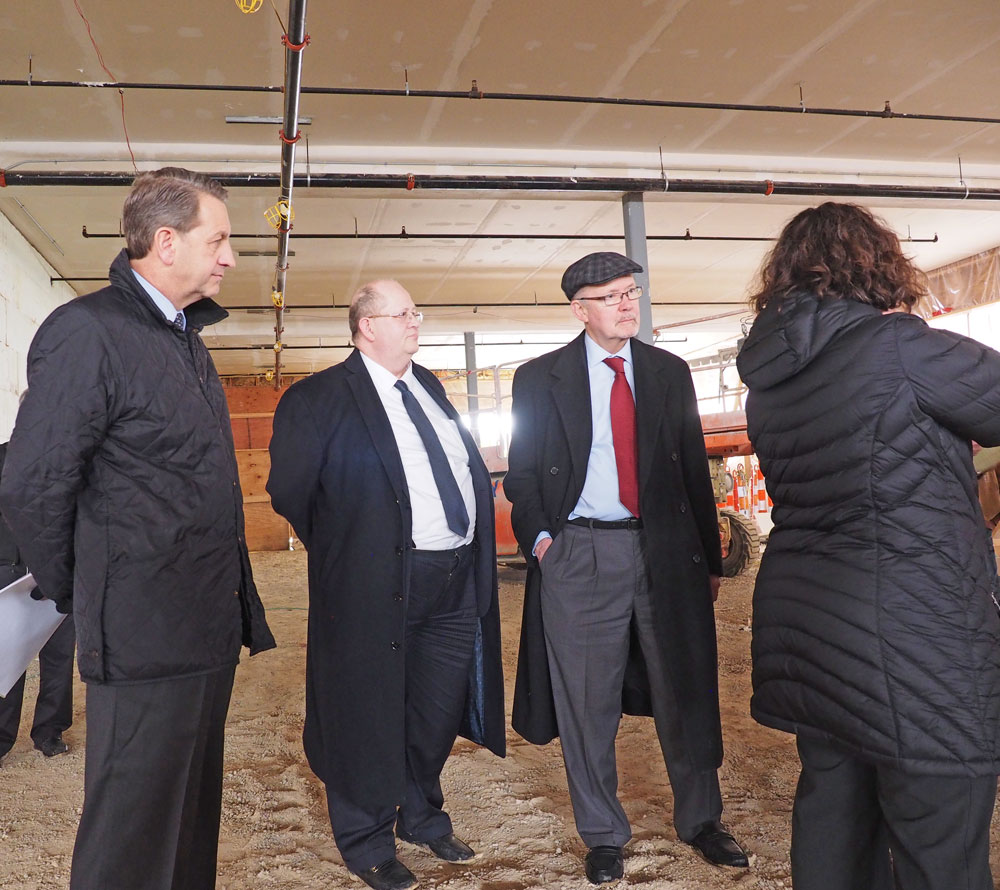
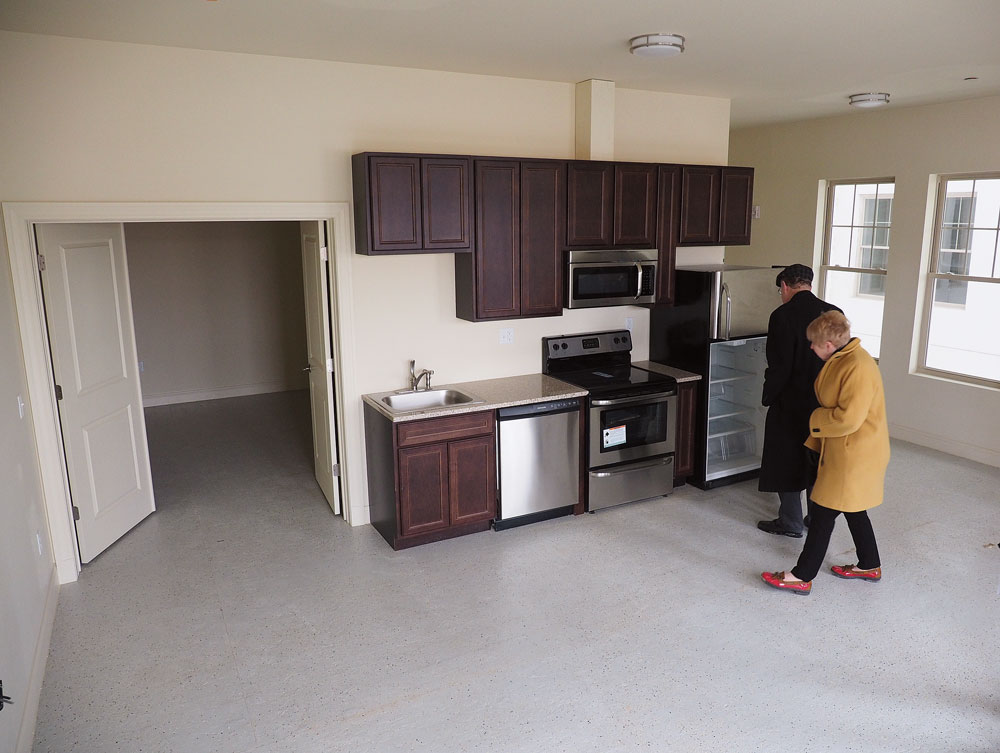
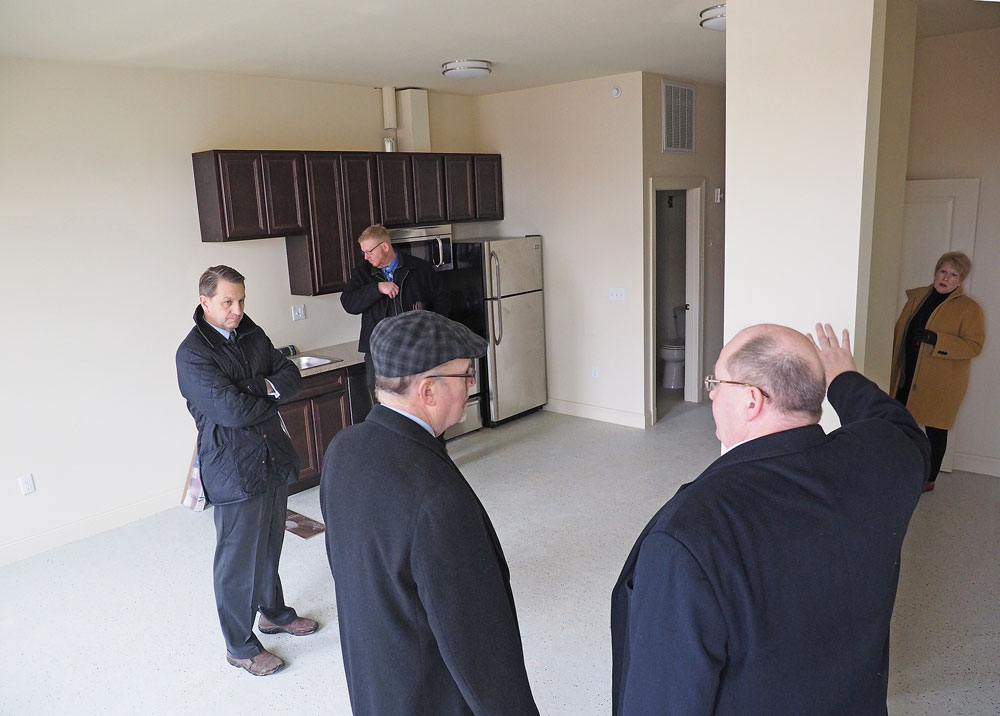
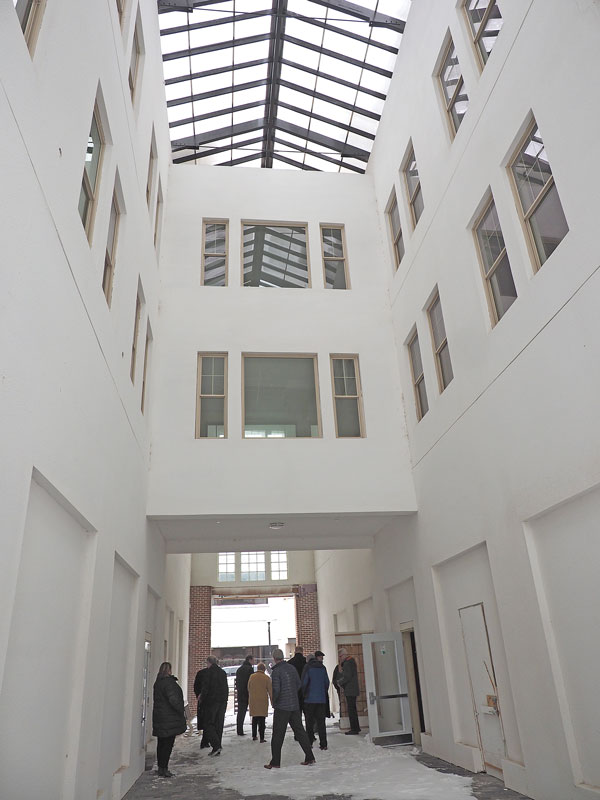



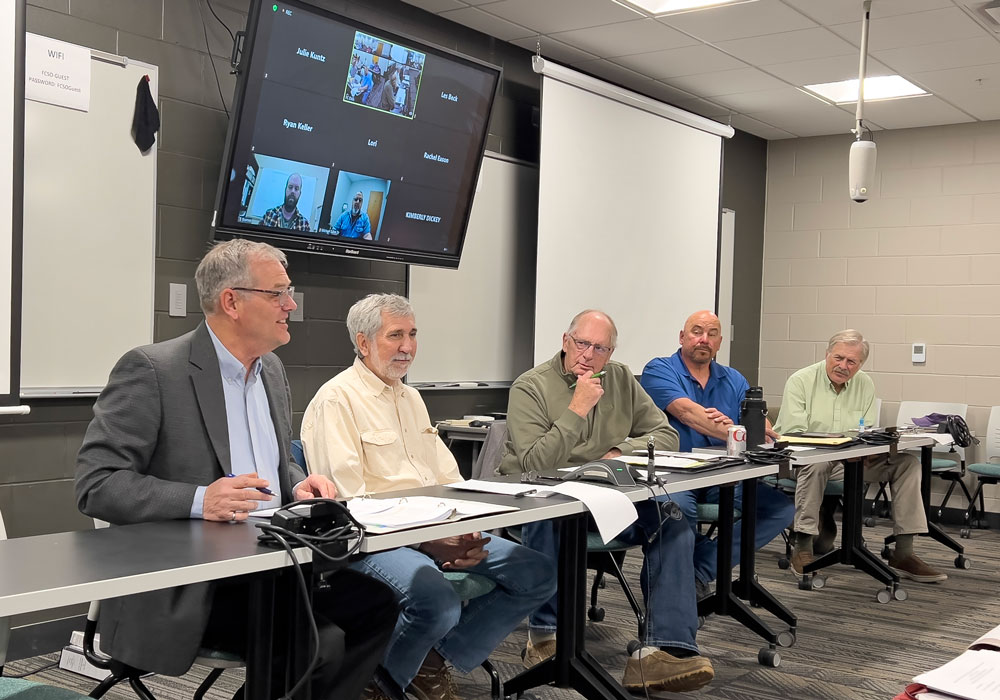
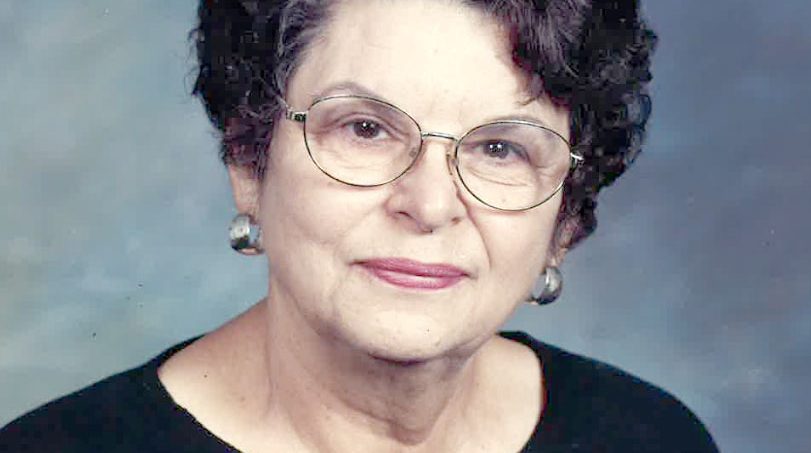
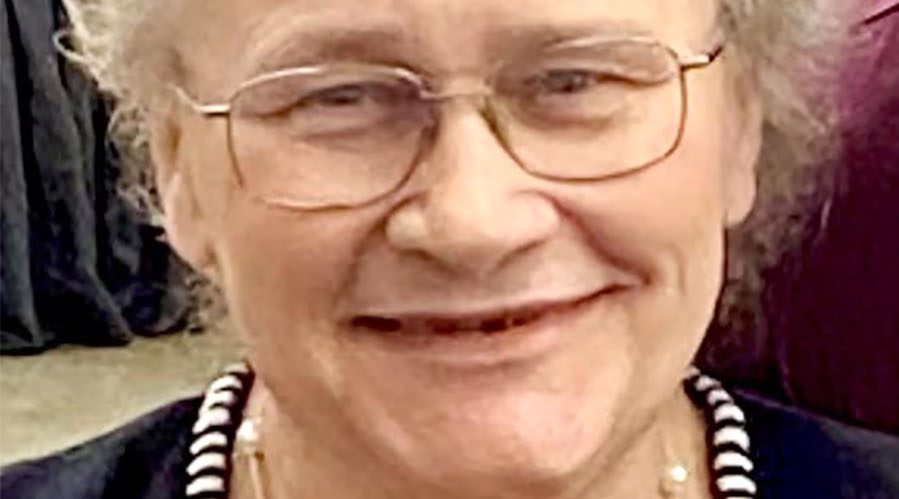


Social Share